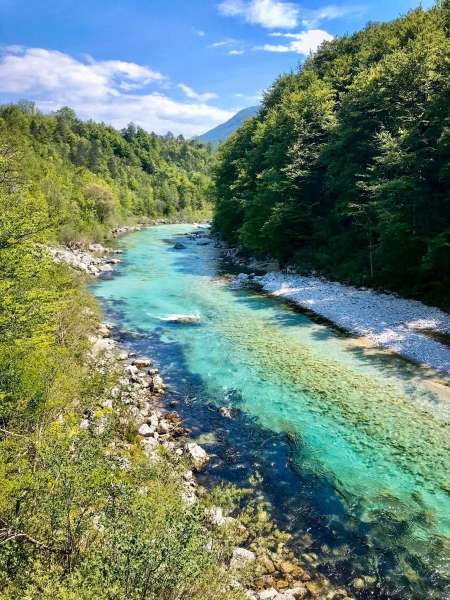Ljubljana related
Celje is the third largest town in the country and home to the most influential late medieval noble dynasty on the territory that eventually became known as Slovenia, the Counts of Celje.
Lying at a great location in the lower part of Savinja River Valley, Celje has a long history going back to the Hallstattt era. Celje’s original and oldest name that we know of was Keleia which was changed to Celeia in Roman times. The city continued its relative importance throughout history, and was one of the first to get a railway connection in 1846.
After the Second World War, the town on the riverbanks of the Savinja turned into a lively industrial and commercial centre, and today it has all the characteristics of a regional, administrative, business, cultural, school, health and tourist centre.
Ulica XVI. Divizije:

1909

1918

1927


1956
Prešernova ulica:

1914


Krekov trg:
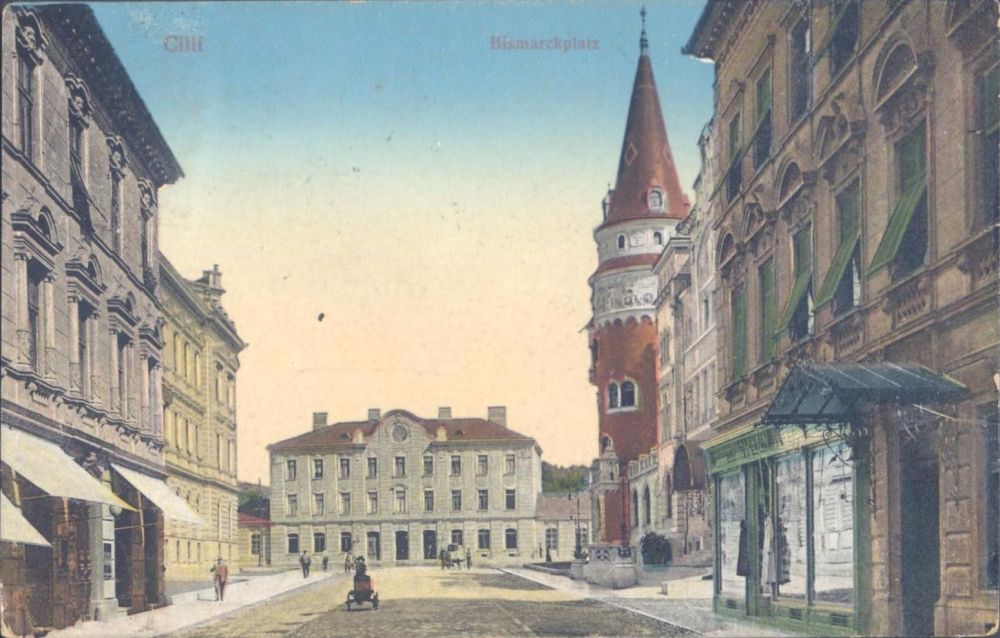


1937
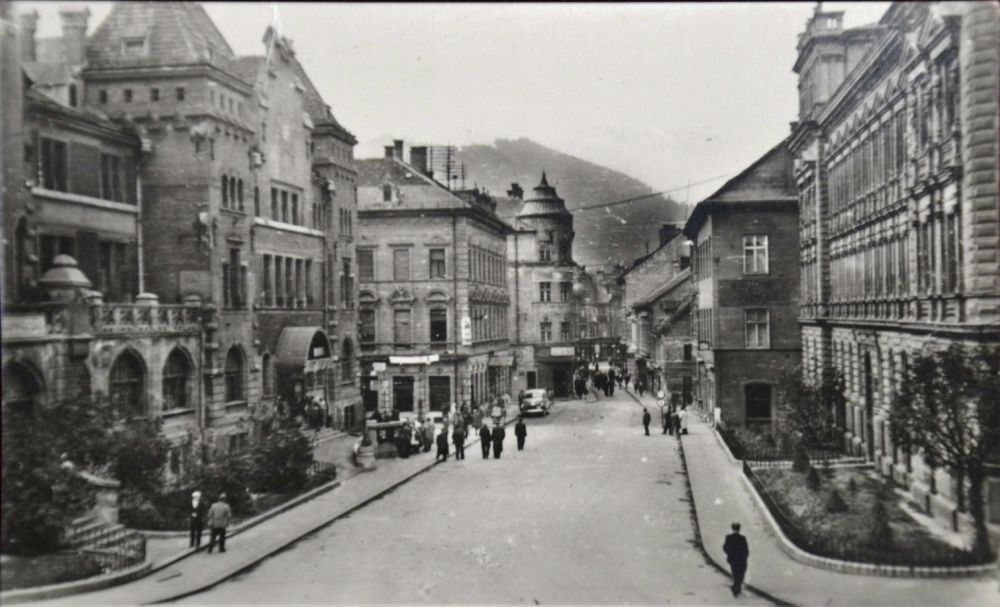
1954
Gledališki trg:

1905

1960

1961
Stara grofija:

1905
Ljubljanska ulica:

1907
Miscelaneous:


St Joseph's Parish Church, 1916





Today is the 1 May national holiday for Labour Day, which as - as you might imagine - quite a big deal in Yugslavia. Yo ucan get some idea of this in the fascinating pictures of the Labour Day Parade in Ljubljana, 1961, going along today's Slovenska cesta, and taken by Jože Gal.










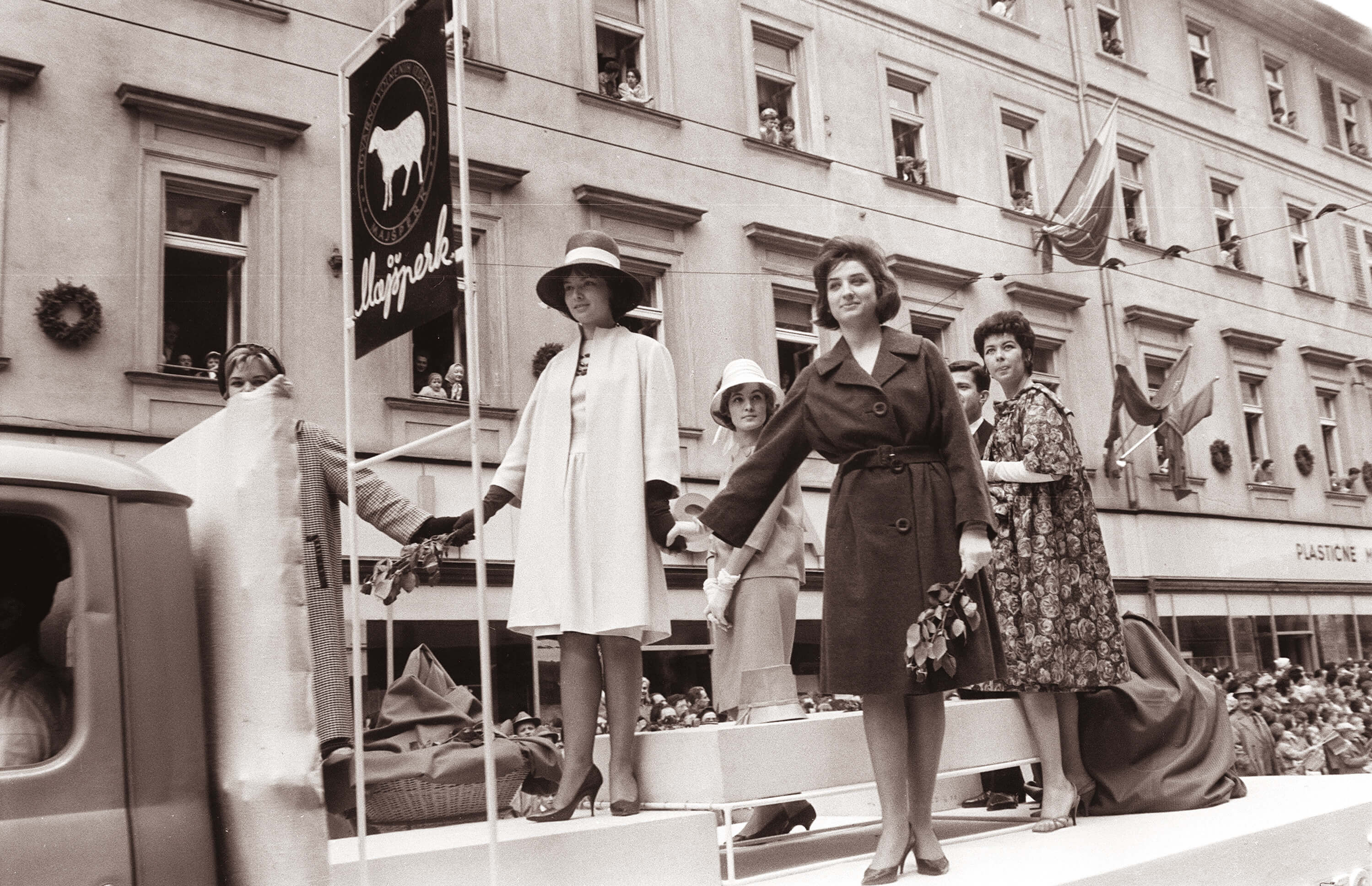





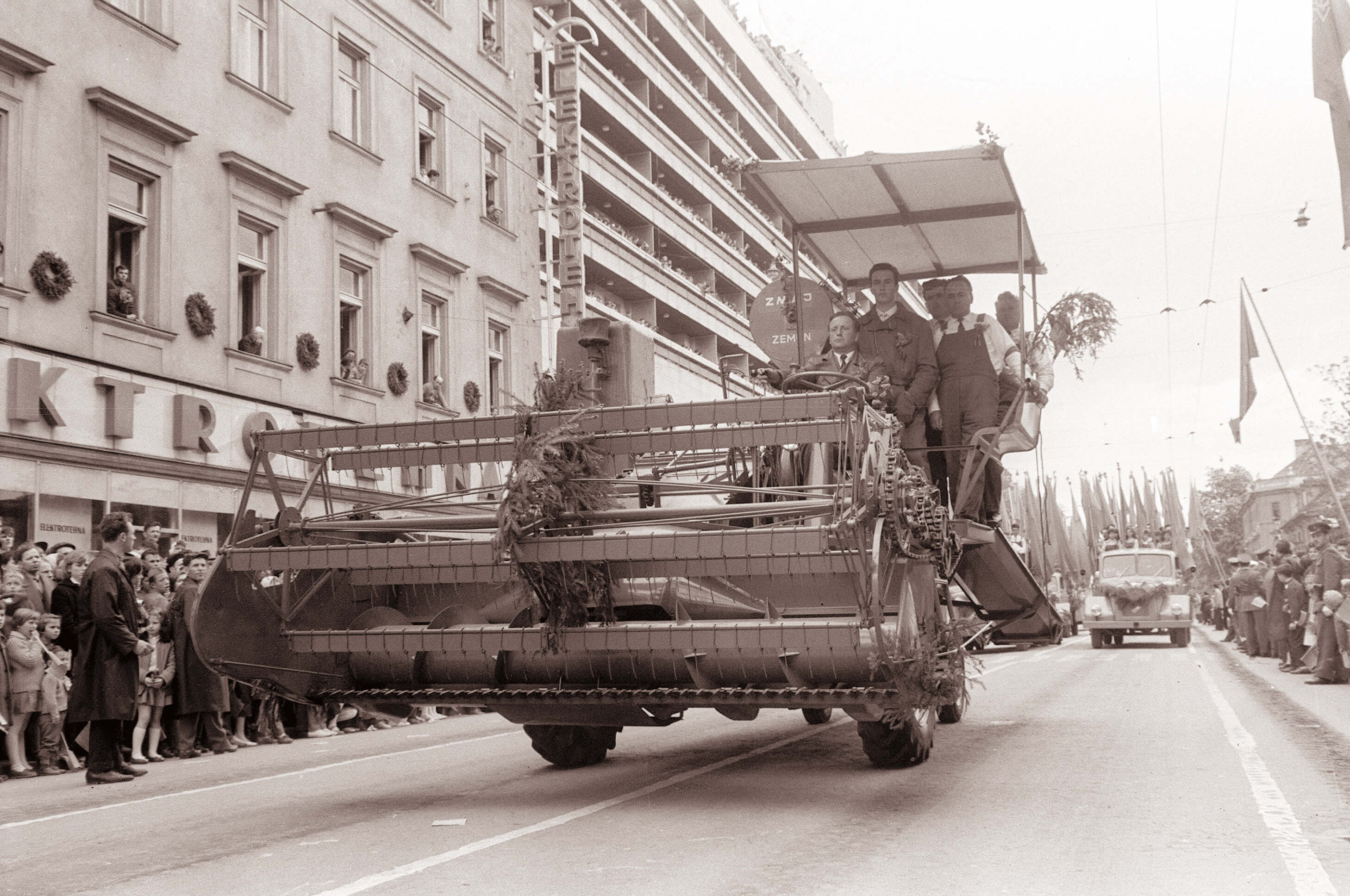



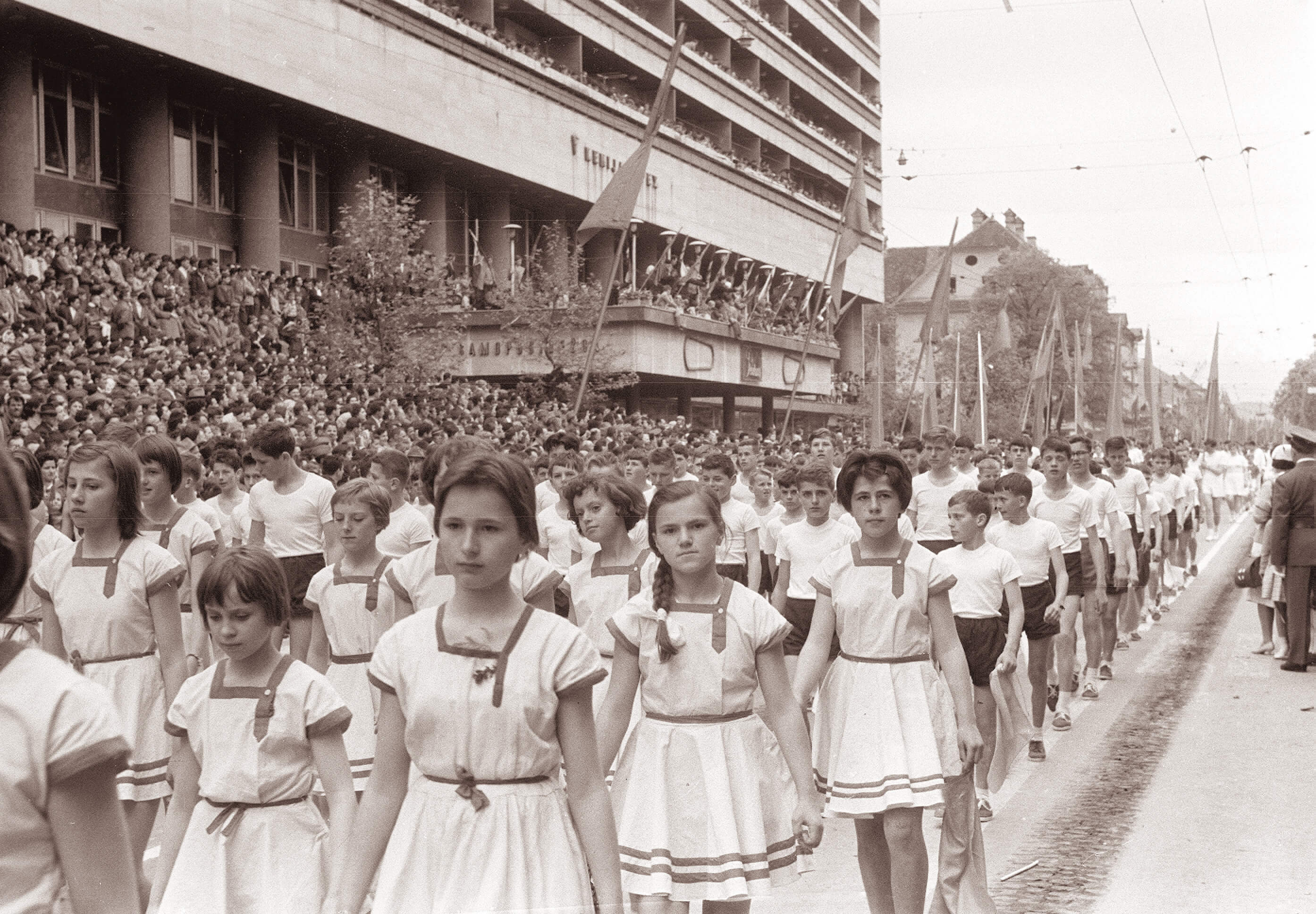


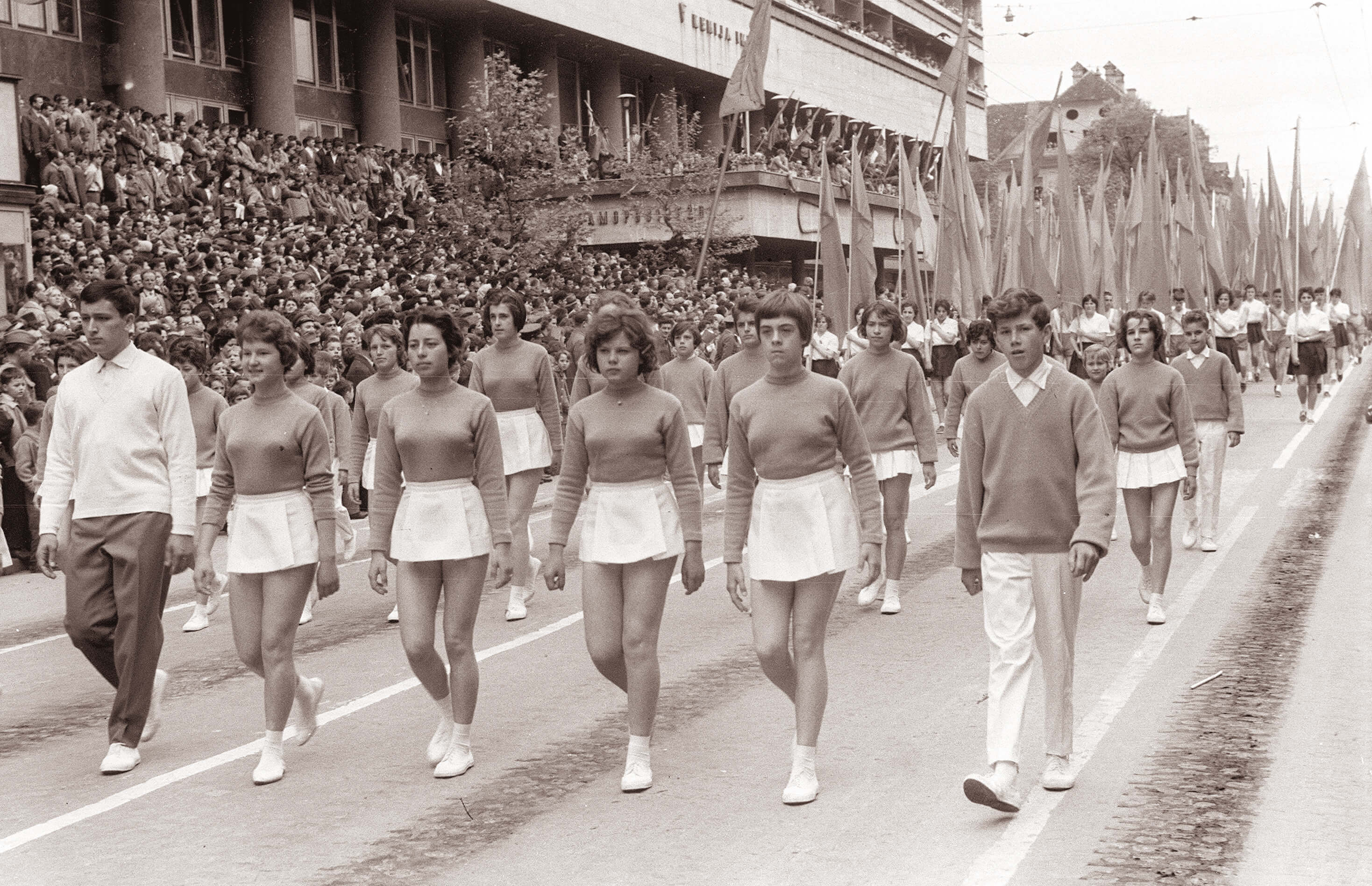

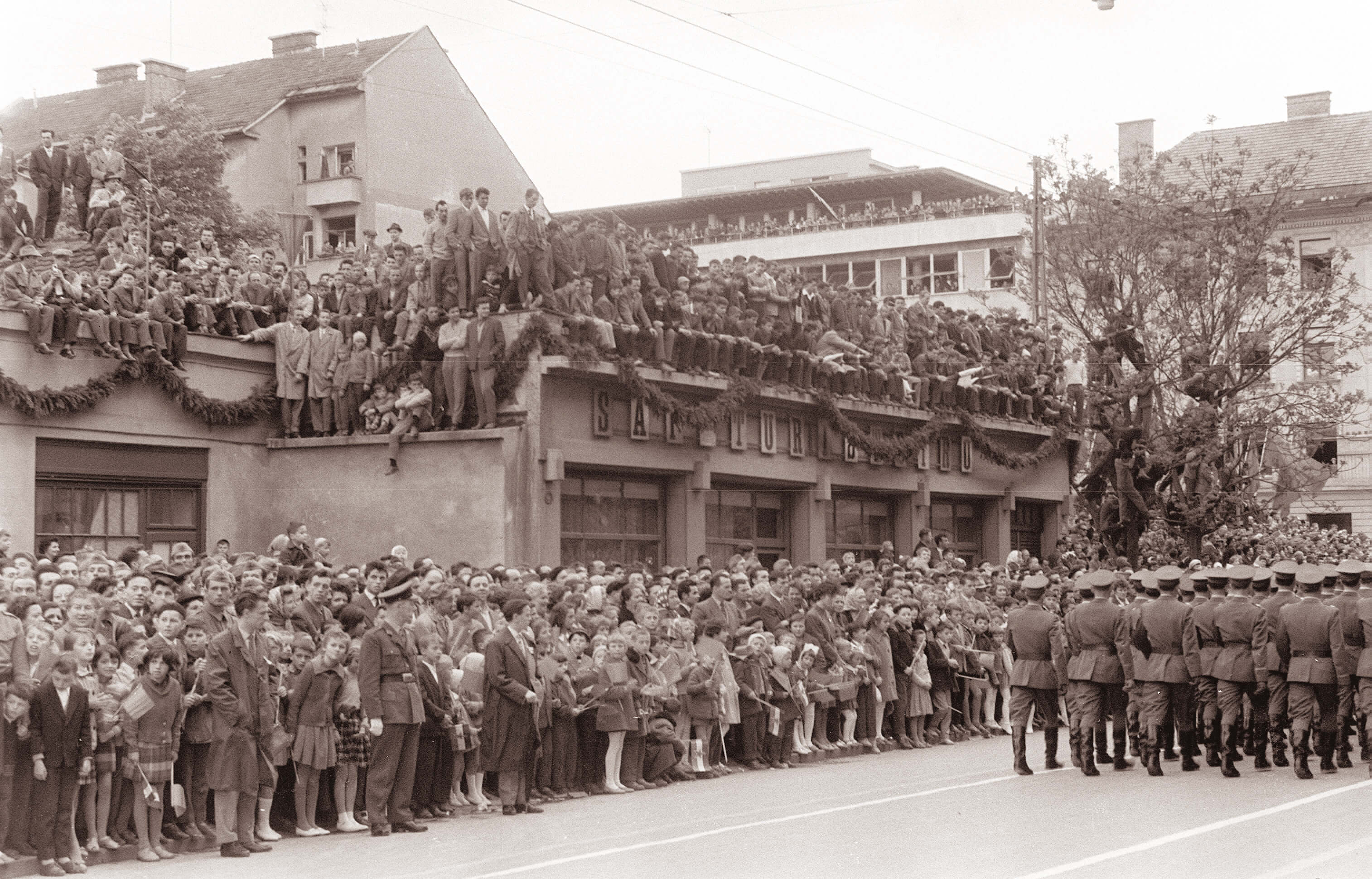

Other "old photos" stories are here
This set of old postcards was shared by Petra Leskošek. The show Ljubljana in the early years of the 20th century, were published by Orel Dušan, are from the collection of Z. Tančič.
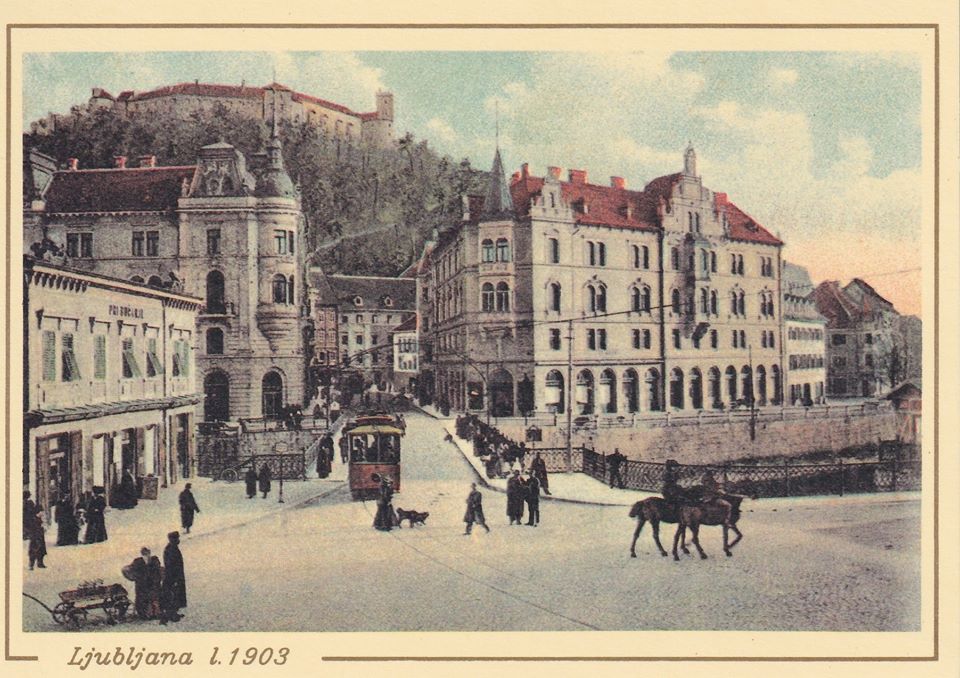
Before the Triple Bridge and Prešeren Monument



Before the Triple Bridge, and when the monument was new
 s
s
What today is Miklošičev Park

Town Hall and the original Robba Fountain
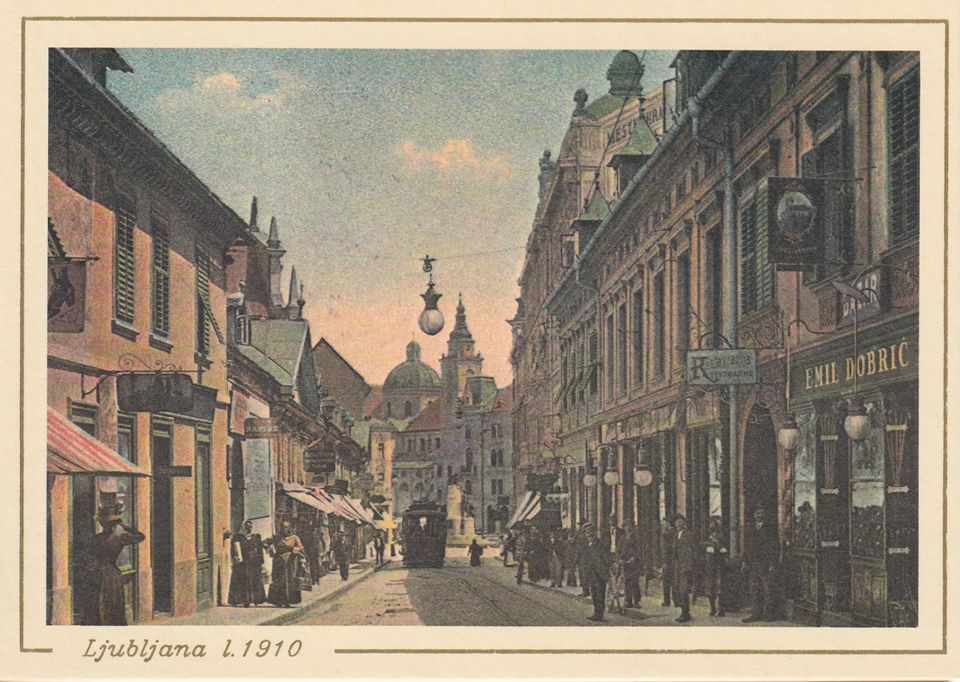
Čopova, before McDonalds, H&M and Mueller
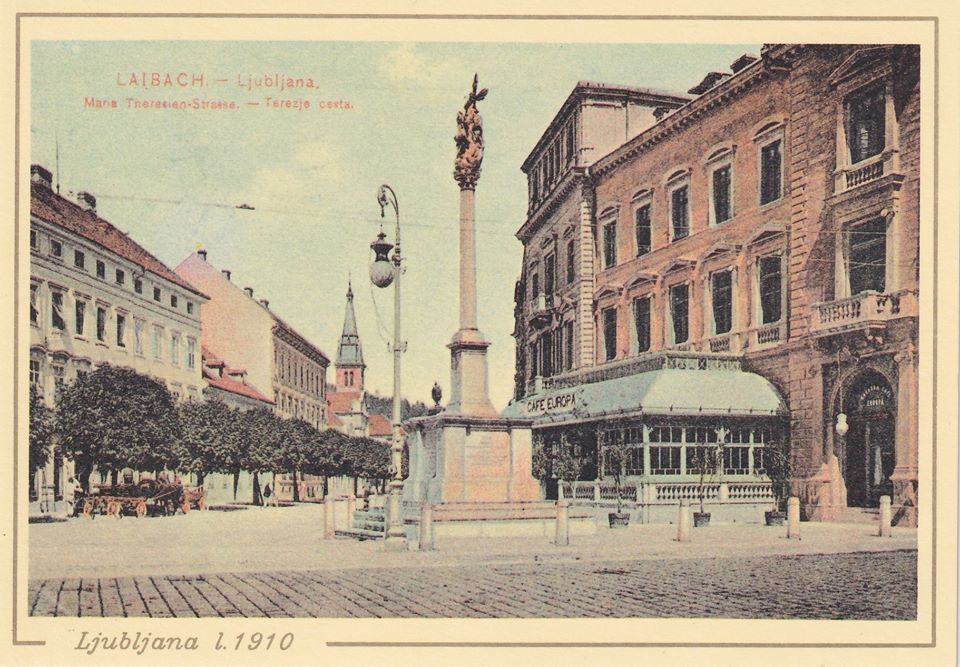
The Old Cafe Europe, by today's main library

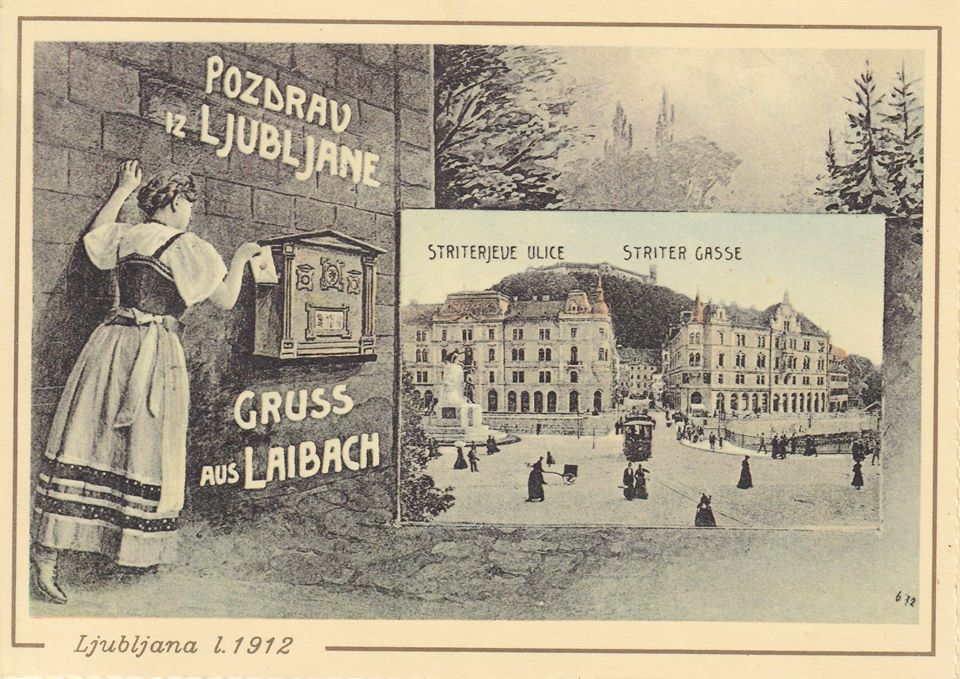

Hotel Slon and the Post Office
All our old photos can be found here
As a child growing up in Logatec, I cannot remember a winter in which snow wouldn’t present a major element in the organisation of everyone's lives. Adults hated it, children loved it. It presented numerous possibilities for free outdoor play, another disappearing element of our societies today.
1952 was a record year for snowfall in Slovenia. A 146cm snow cover was measured in Ljubljana, while reports from other parts of Slovenia were hindered due to damaged communication lines.




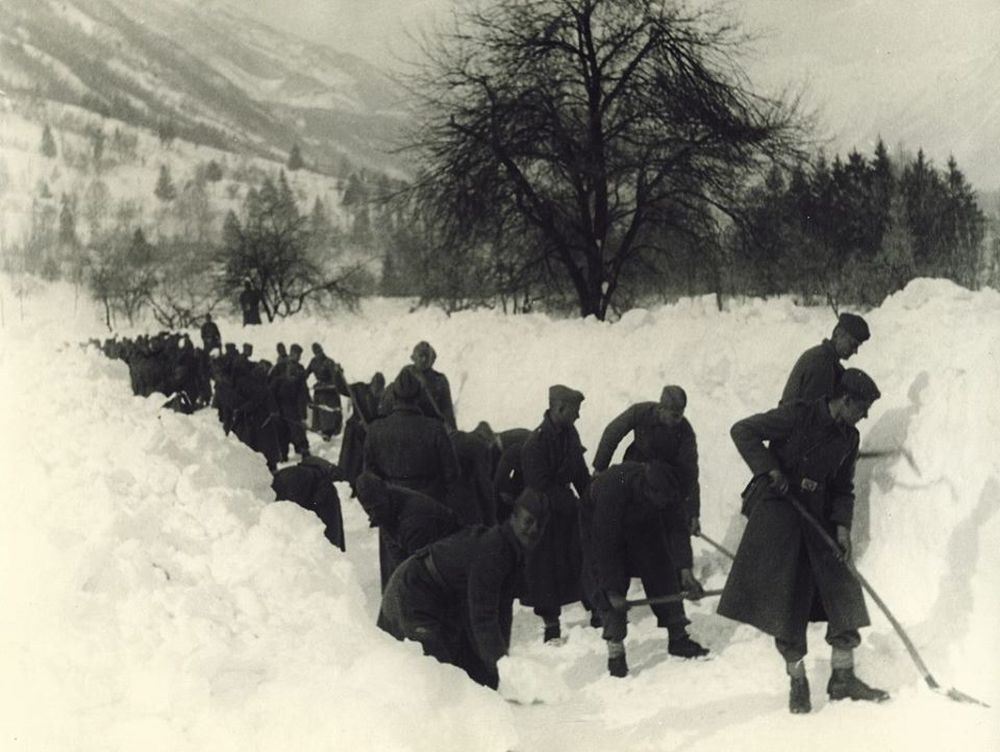
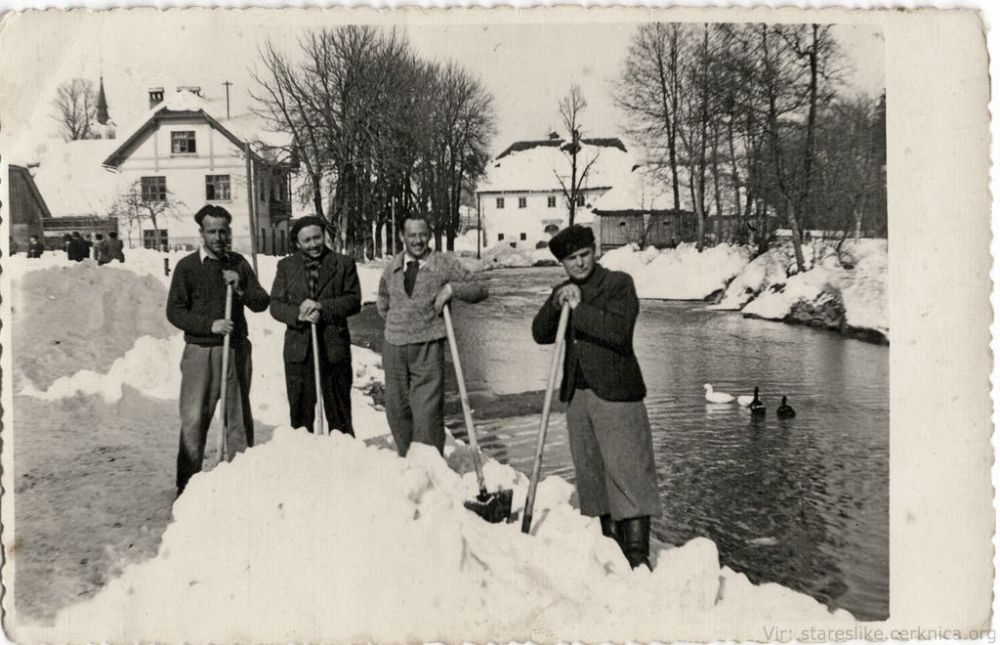
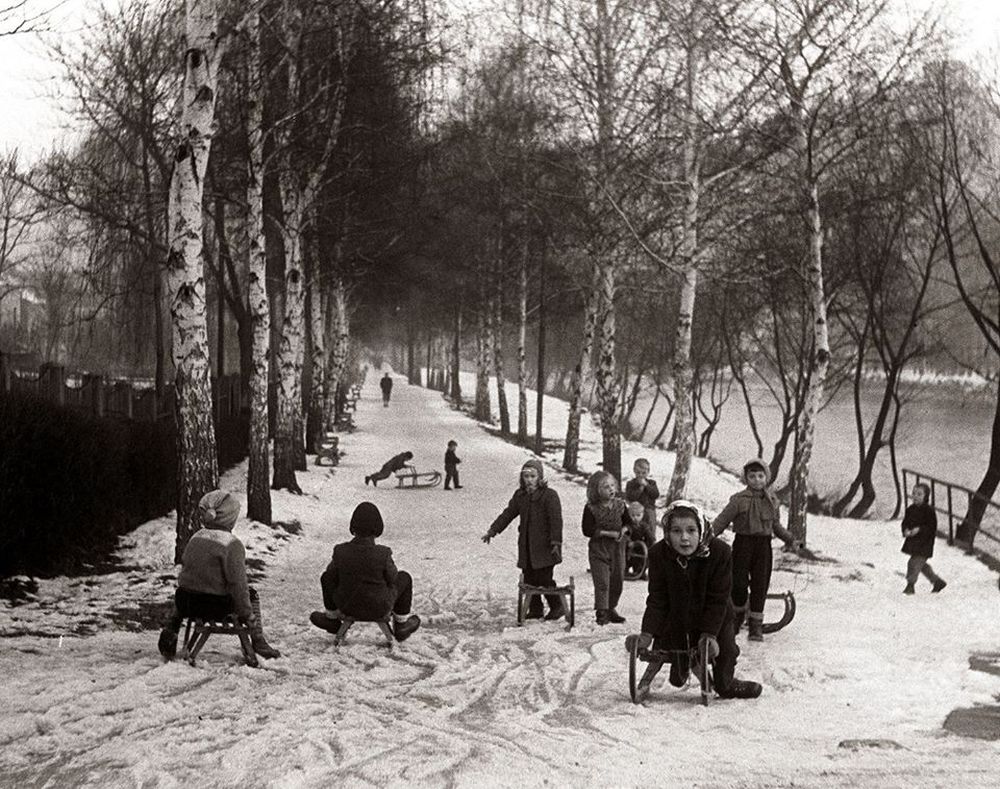

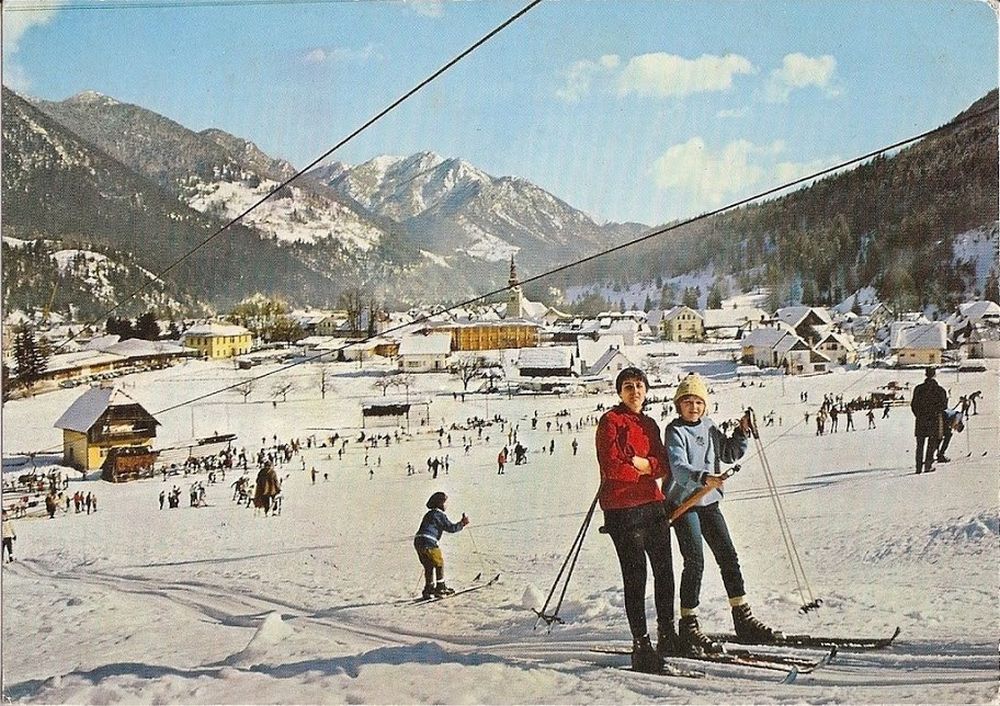
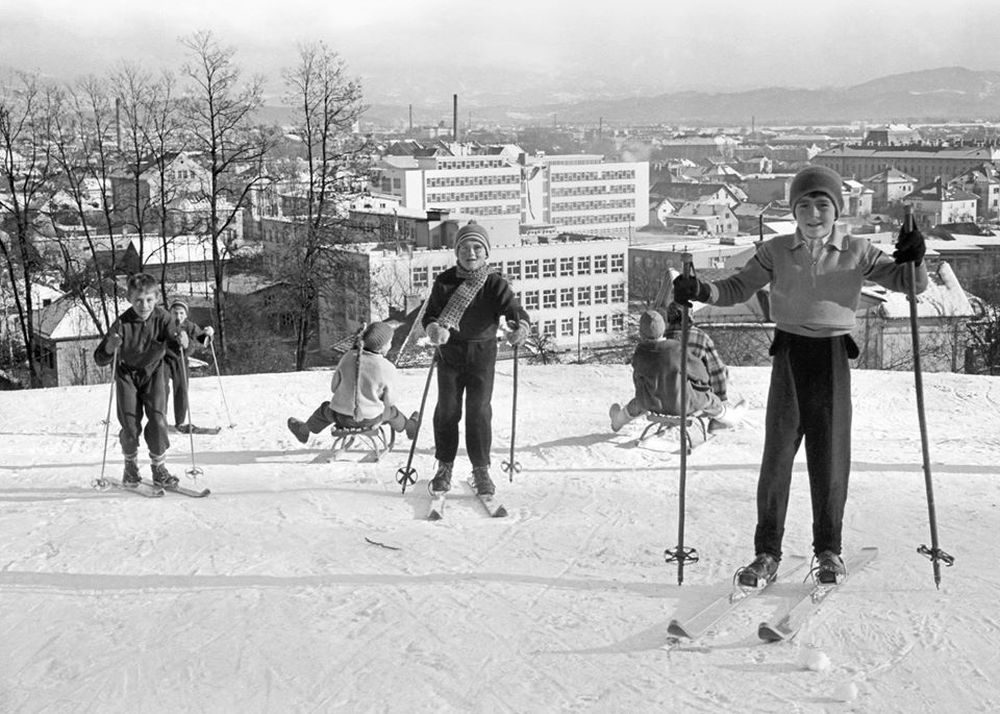


The skiing season is here, and with the lack of snow at lower altitudes it’s easy to forget that, once upon a time, skiing, sledding and the like could be reliably enjoyed outside the big resorts and off the mountains in Slovenia, a common part of winter life.
Related - Is there snow on the slopes in Slovenia?
Now with climate change the snow line is receding and cannons are often needed to keep the slopes in business, a trend that’s only likely to increase in the years ahead – provided the slopes and resorts stay open at all.
But all that’s rather depressing, so let’s take a break from the climate worries of today and look back at some postcards from Kranjska gora, with snow and without, and see what’s changed and what’s stayed the same over the last 120 years.

1900

1910

1913

Undated

Undated

Undated
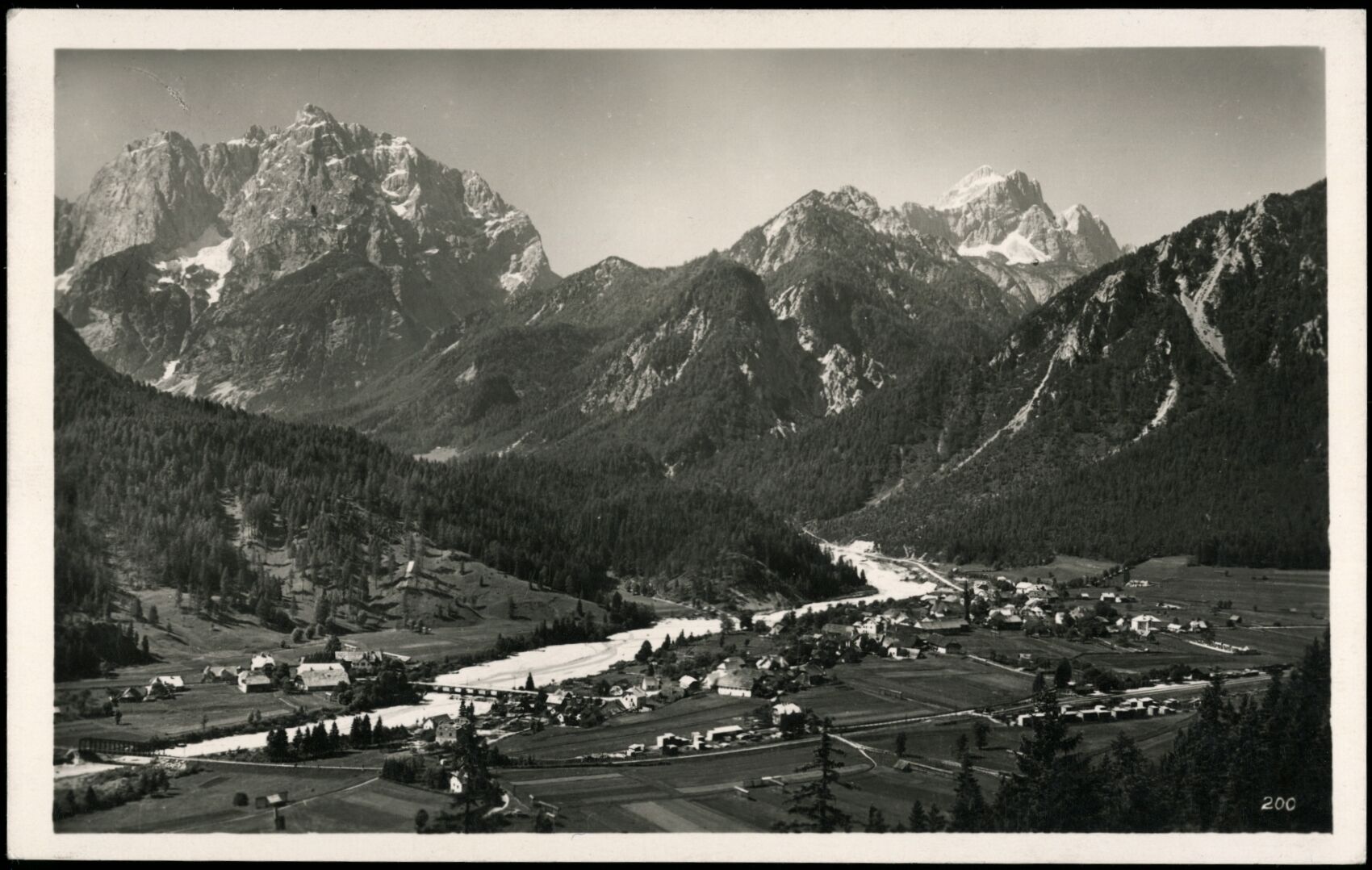
1933

1938

1960

1960

1960

1962

1964

1964

1964

1969

1969
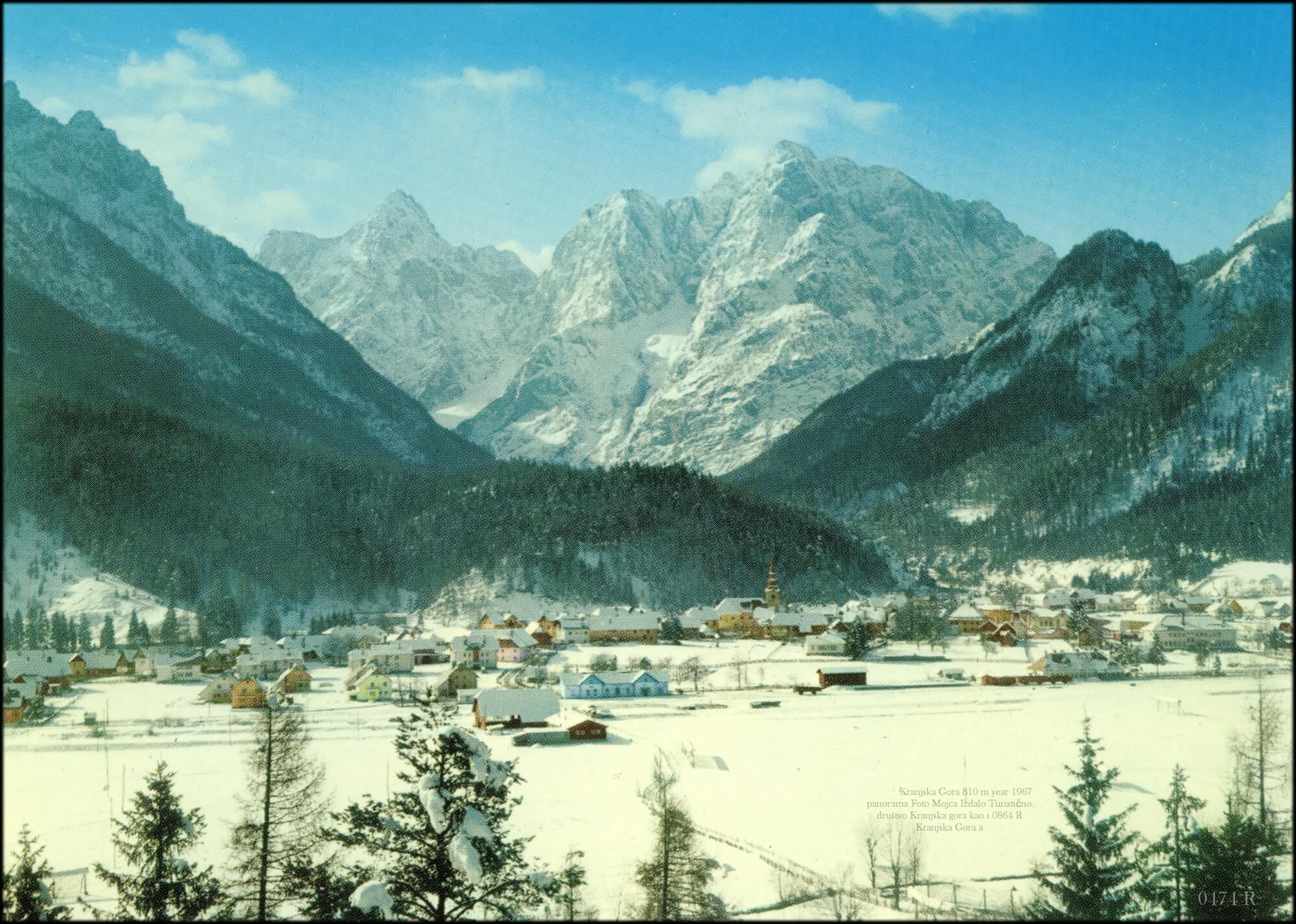
1969

1969

1969

1969

1969
You can see all our old photos stories here
Grandpa Frost (Dedek mraz) has been around for about 70 years now, and despite the 1990s poor projections about his survival after the change in political system, is about to enter the 2020s alive and well. You can read more about this gift giving figure read here.
Below, you can see some of the early pictures from Maribor and elsewhere of Grandpa Frost (Dedek Mraz) on gift-giving visits to schools, hospitals and public halls that might be even more interesting in terms of the event’s surroundings and kids’ fashions of the day.

Dedek Mraz at OŠ Franc Rozman - Stane, 1961; Photo: Danilo Škofič

Dedek Mraz at OŠ Franc Rozman - Stane, 1961; Photo: Danilo Škofič

Dedek Mraz at OŠ Franc Rozman - Stane, 1961; Photo: Danilo Škofič

Dedek Mraz at OŠ Franc Rozman - Stane, 1961; Photo: Danilo Škofič

Dedek Mraz at OŠ Franc Rozman - Stane, 1961; Photo: Danilo Škofič

Dedek Mraz at OŠ Franc Rozman - Stane, 1961; Photo: Danilo Škofič

Dedek Mraz at OŠ Franc Rozman - Stane, 1961; Photo: Danilo Škofič

Dedek Mraz at pediatric hospital in Maribor, 1959

Dedek Mraz at pediatric hospital in Maribor, 1959
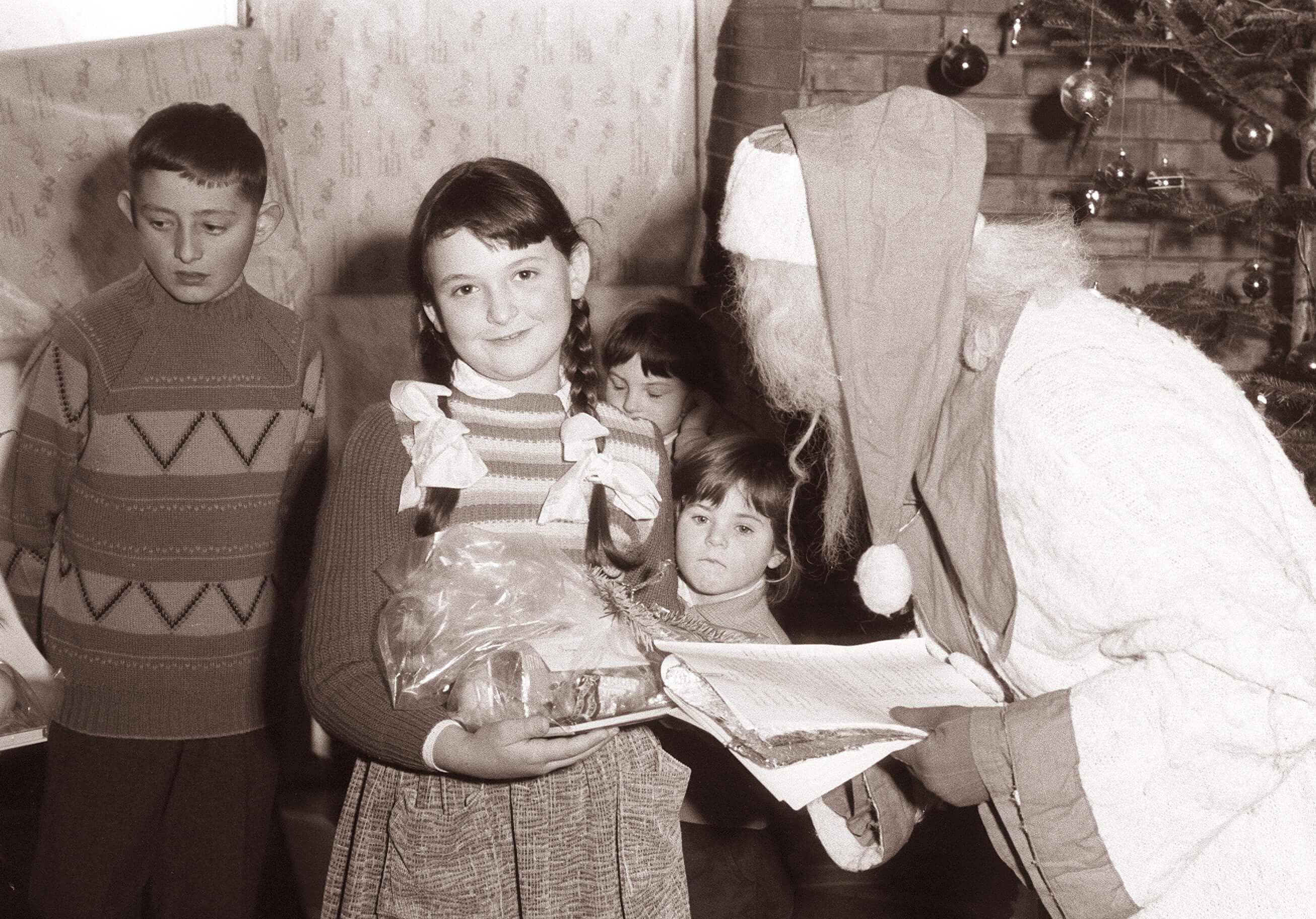
Dedek Mraz, location unknown, 1961, Photo: Jože Gal

Dedek Mraz, location unknown, 1961, Photo: Jože Gal

Dedek Mraz, location unknown, 1961, Photo: Jože Gal

Dedek Mraz, location unknown, 1961, Photo: Jože Gal
One of most recognizable buildings in Maribor stands at Glavni trg 1 (Main Square No. 1), where the centre of Maribor’s social life was hosted for most of the 20th century.

The story of the building is closely related to the nearby bridge, now called the Old Bridge. It was built by a German man Ludwig Franz, who had amassed significant wealth by manufacturing pasta, and decided to bring some advanced urban spirit into the city by building a well-equipped up-to-date house at one end of the new bridge which was being constructed.
The completion of the building occurred one month after the opening of the bridge, which was on August 23, 1913. With his brother Ludwig dedicated the house to their mother and named it Cafe Teresienhof (Theresa’s Court Café).

The house was quite advanced for the time, having its own electricity generator, while the café’s services included the possibility of ordering a lunch at the City Square, where it was then delivered by a carriage.



When Adolf Hitler paraded across the main square in 1941, the house was already called Velika Kavarna (Grand Café).
In the fifties and sixties Velika Kavarna was a venue of many pleasant social events for the citizens of Maribor, with many later stars in the Slovenian popular music scene beginning their careers there.
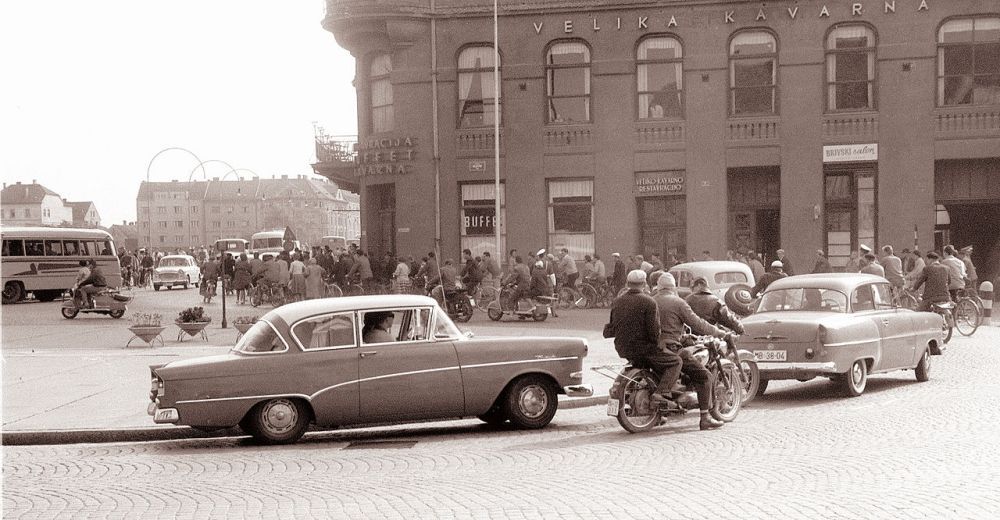
Following this golden age of the Velika Kavarna, a casino came into the building, which went bankrupt in 2009 and left the old café’s salon in not so splendid condition. Apparently, the casino’s management, having no money at hand to pay staff their deserved salaries, decided they could just take with anything valuable they could find on the premises. This is how Velika Kavarna was stripped of its lights and chandeliers.
Years of negotiations and fights over ownership ensued, all slowly inscribing themselves into the walls of the building, until the Grand Café was finally reopened as the Salon of Applied Arts, which decided to preserve the entire history of the place on the walls and equipment and turn the café back into a hangout for everyone curious about history of the house and local design.
Unfortunately, Salon of applied arts closed its doors permanently in July 2019. We wonder what will happen next.
Certain areas of Slovenia are prone to flooding, and many of these were highlighted in 2010, when over the weekend of 17 to 19 September heavy rain caused the waters to rise in Ljubljana, the Central Sava Valley, Laško, the Slovene Littoral and Lower Carniola. In all the extreme weather event impacted 60% of Slovenia’s municipalities (137 out of 212), and the total damage was estimated at more €240 million.
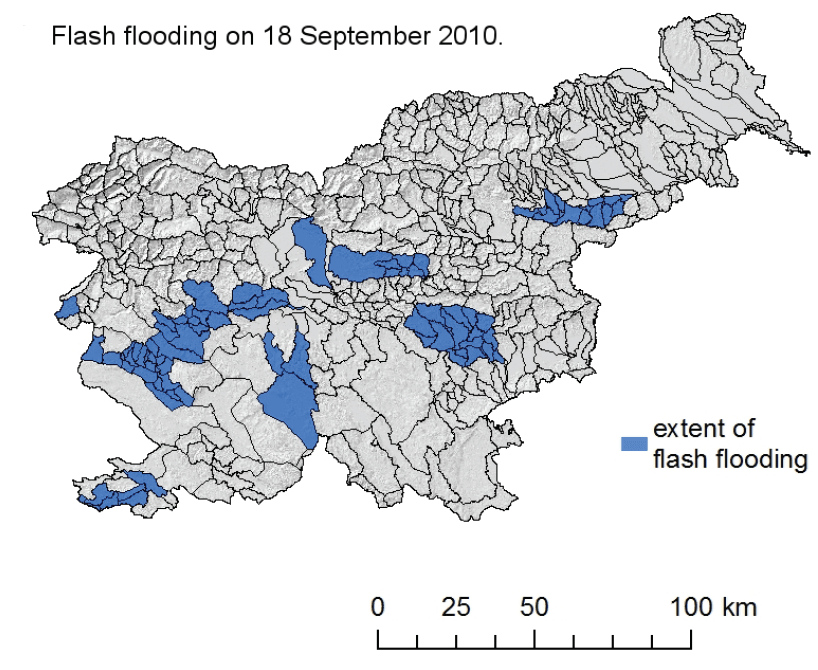
Source: Spatio-Temporal Distribution of Flash Floods in Slovenia, Tajan Trobec (2016). Link to full paper.
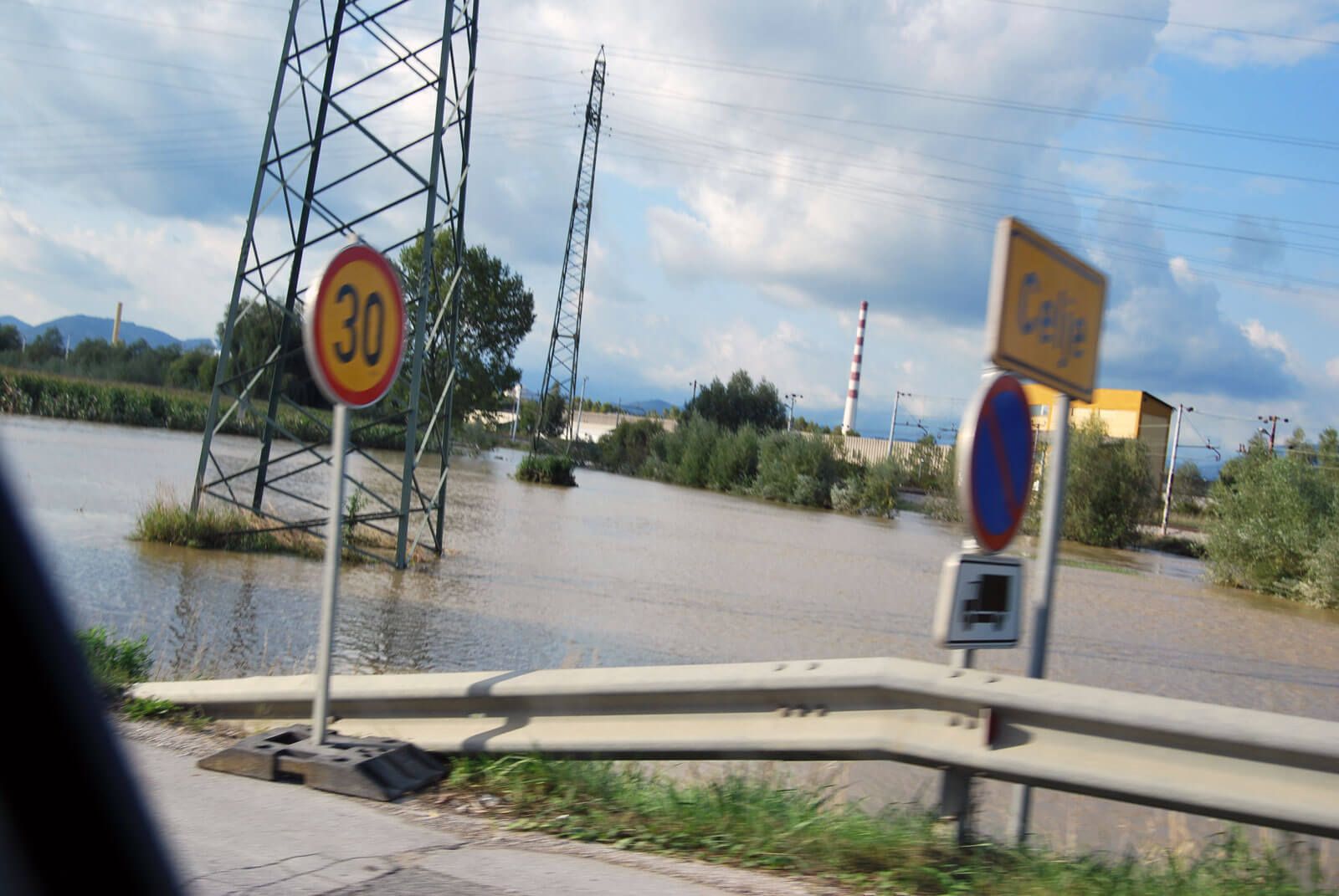
Flooding in Celje. Source: Wikimedia - Brane Petrovič & Borut Podgoršek, mors.si, public domain
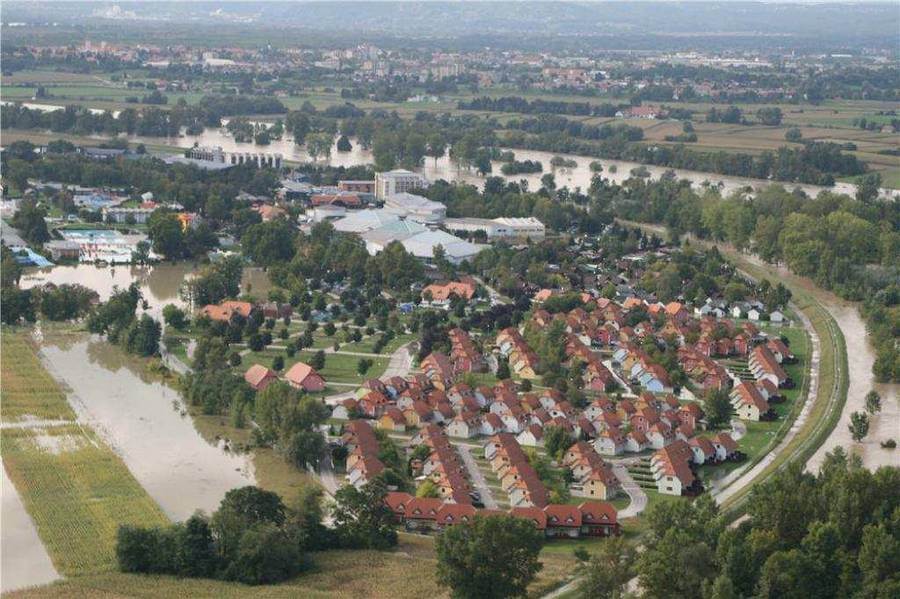
Unknown location. Source: Wikimedia - mors.si, public domain

Unknown location: Source: Wikimedia - Emil Jalovec, GŠSV

Unknown location: Source: Wikimedia - mrwho00tm

Unknown location: Source: Wikimedia - mrwho00tm

Unknown location. Source: Wikimedia - mors.si, public domain

Unknown location. Source: Wikimedia - mors.si, public domain

Flooding in Litija. Source: Wikimedia - poldek_tedy CC-by-3.0

Hubelj Creek, Ajdovščina. Source: Wikimedia - Brane Petrovič & Borut Podgoršek, mors.si, public domain

Ljubljana. Source: Wikimedia - SI-ZIGA

Ljubljana. Source: Wikimedia - SI-ZIGA

Ljubljana. Source: Wikimedia - SI-ZIGA

Source: Emil Jalovec, GŠSV

Source: Wikimedia - Brane Petrovič & Borut Podgoršek, mors.si, public domain

Savinja and Laško: Source: Wikimedia - Brane Petrovič & Borut Podgoršek, mors.si, public domain
This collection of old photos and postcards shows some of the ways Slovenska cesta (also, for some years, Titova cesta) changed and stayed the same in the century, with each image showing buildings you can still see today as you walk along the newly, and mostly, pedestrianised street, with the only traffic now allowed being bicycles and buses.

Another view of hte Cafe Europa, early 20th century.
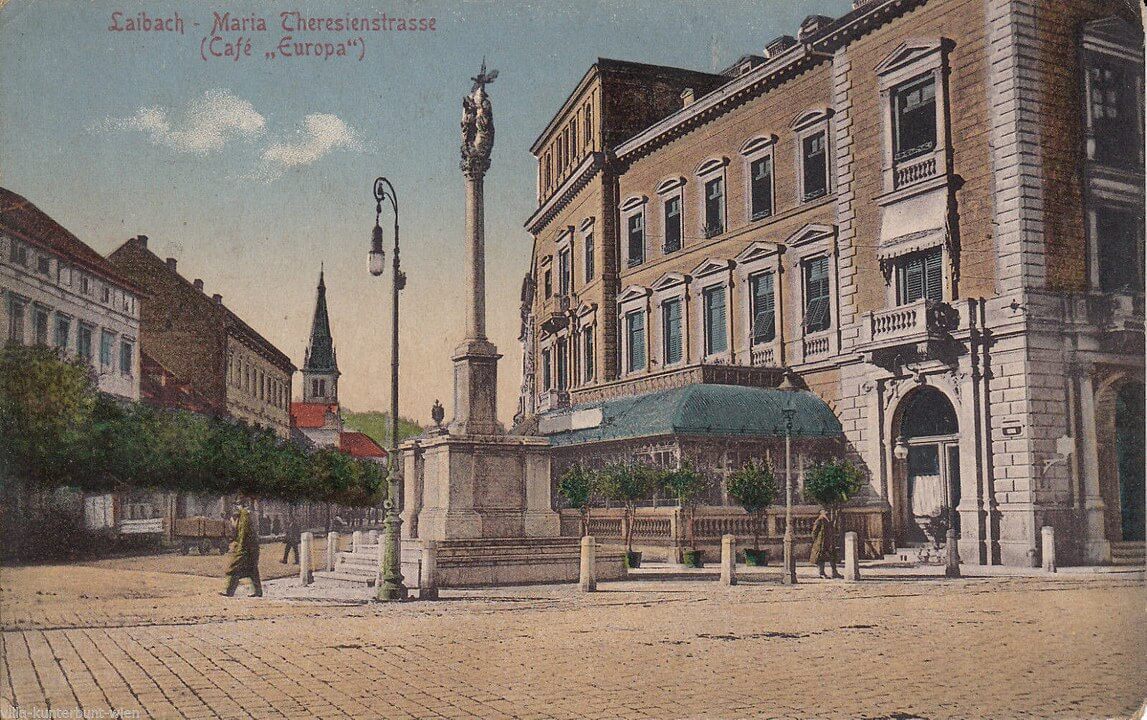
And another view, with Figovec restaurant just outside the picture on the left. 1911

Mid-20th century

1950s. You can see Šestica restaurant on the left - open in 1776 and still running today

1950s
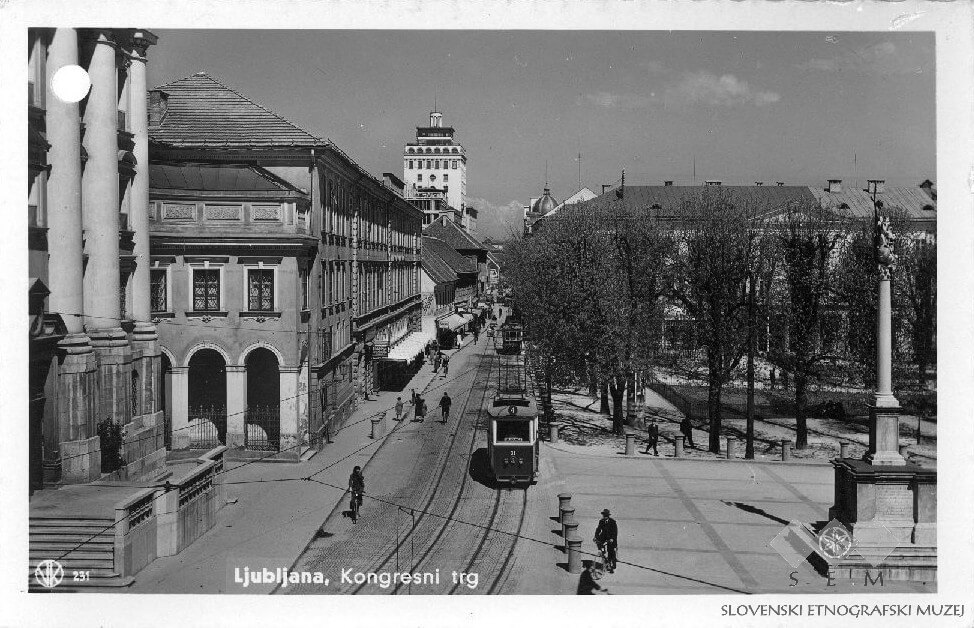
1950s, and showing the edge of Kongresni trg / Congress Square

Hotel Slon on the right, 1950s

1959
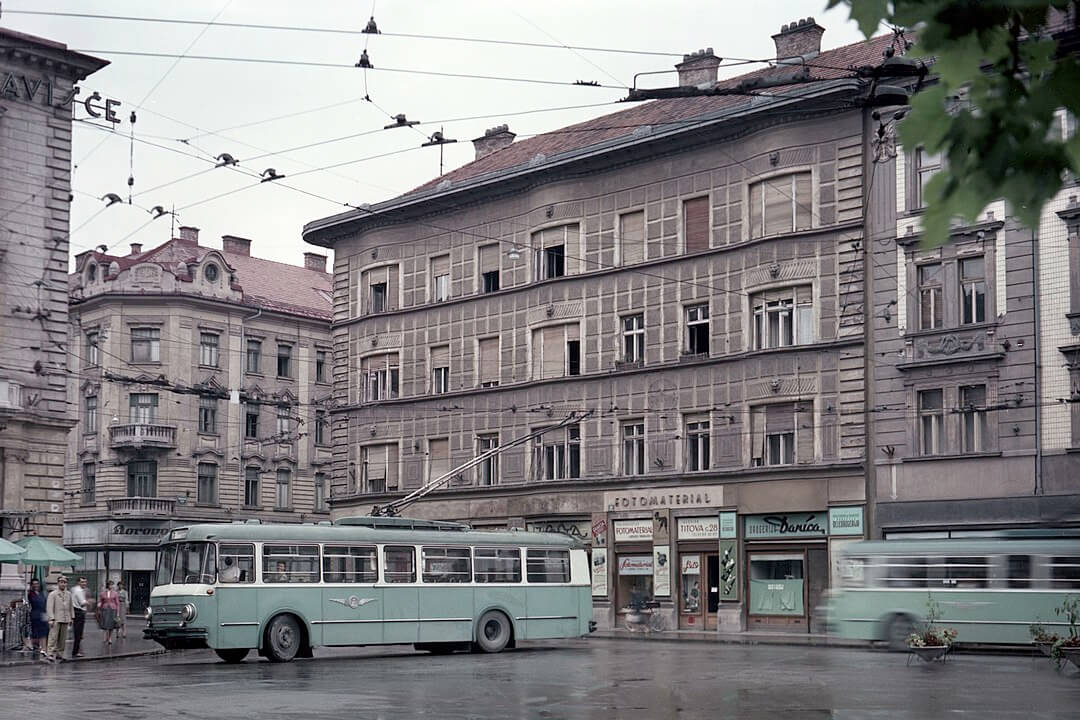
The edge of the Tavčer Palace on the left, 1959

Old buildings being pulled down in front of Nama department store, 1961
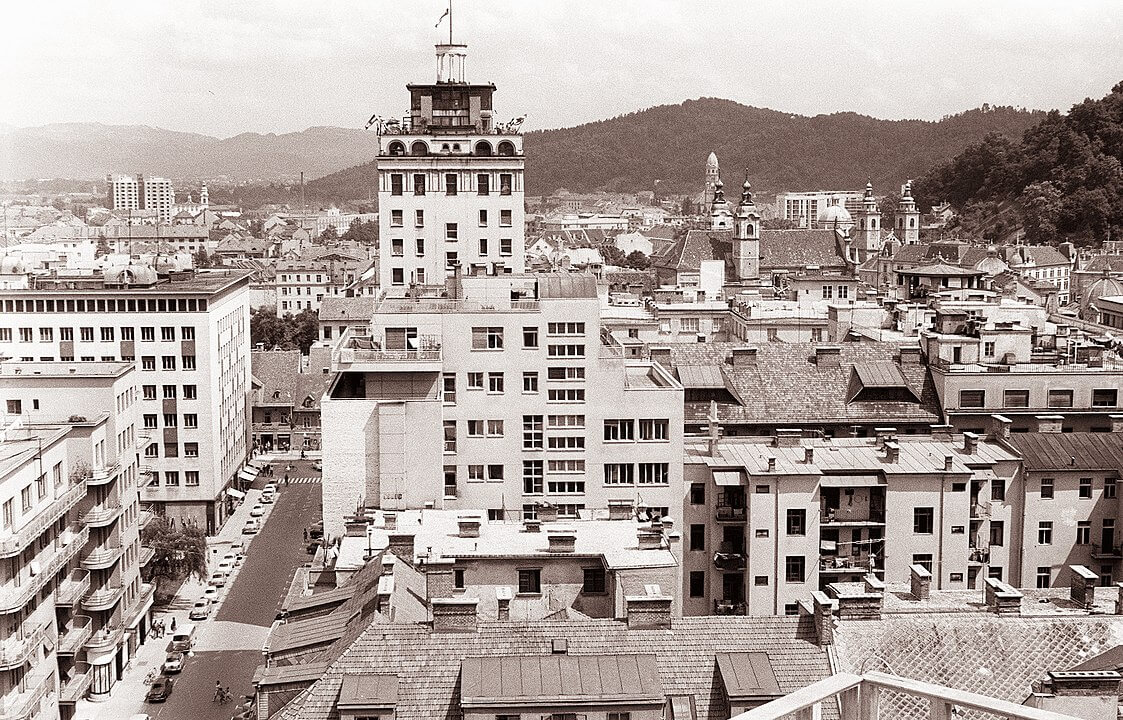
1961
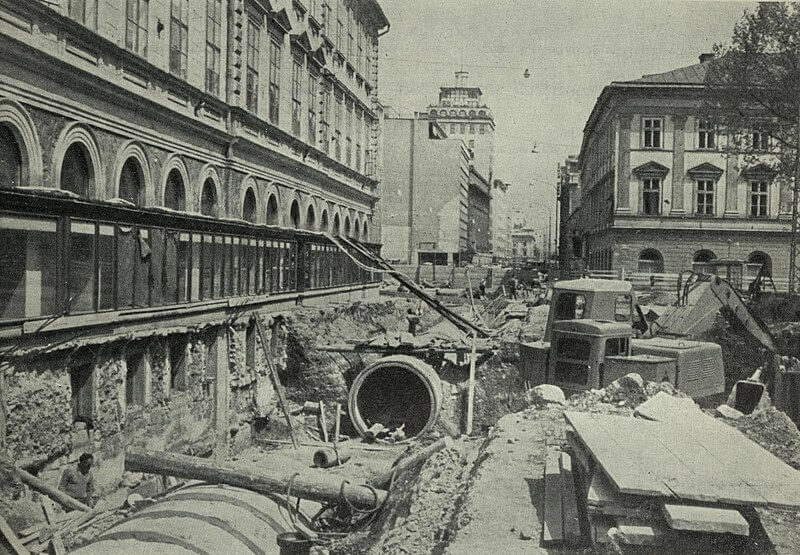
Roadworks, 1963

Another view of the Tavčer Palace, with Figovec again just out of sight on the left, 1965

1968

1968
Other stories in this series can be found here




